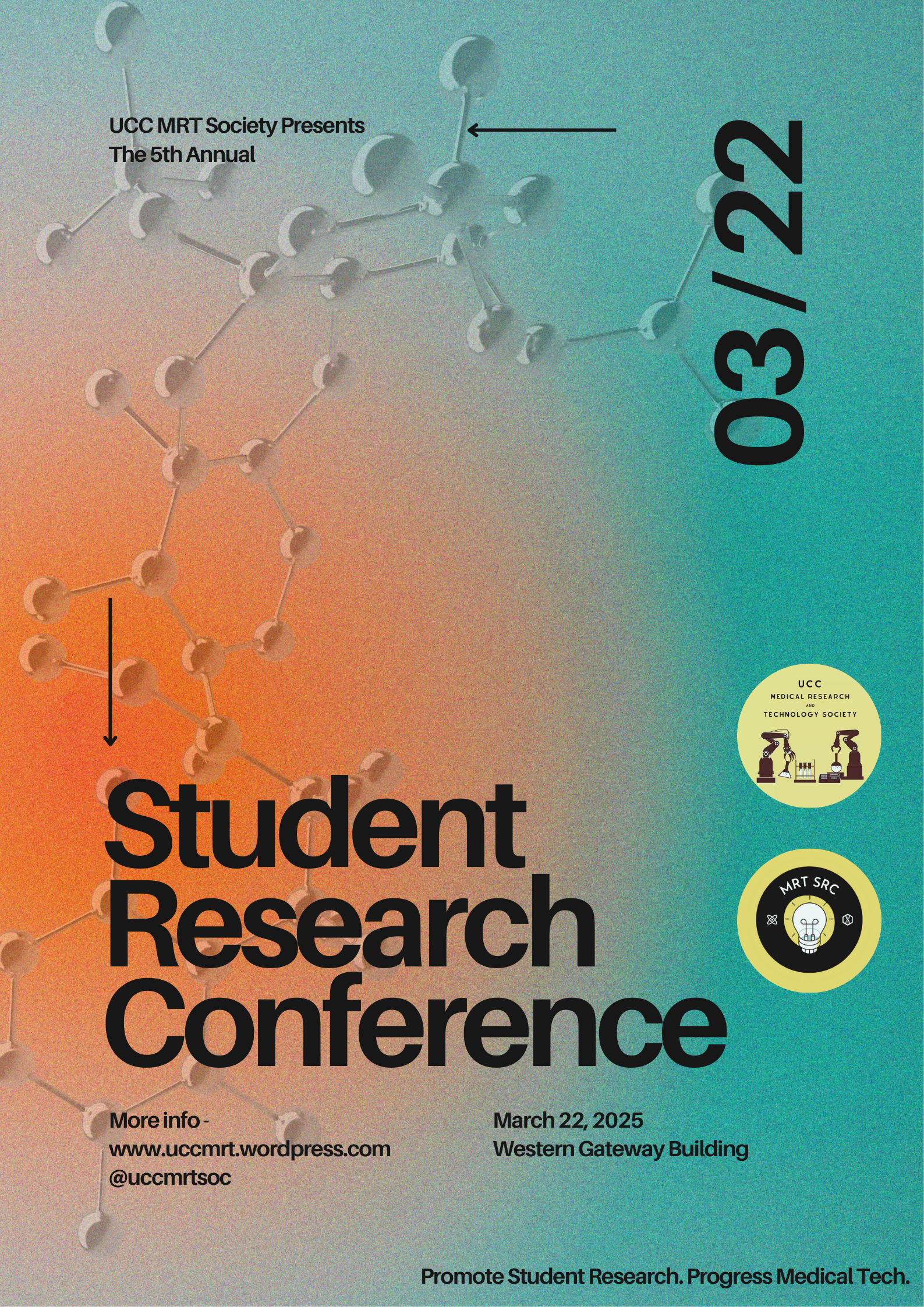Lithium-induced cardiotoxicity mimicking Acute Coronary Syndrome: a case report
DOI:
https://doi.org/10.33178/SMJ.2025.1.31Abstract
Introduction: Lithium toxicity, a complication of chronic lithium therapy used in the treatment of bipolar disorder (BPD), commonly presents with gastrointestinal and neurological symptoms. However, rare cardiac manifestations of lithium cardiotoxicity can occur. This case describes a 51-year-old woman with BPD on long-term lithium therapy who developed neurological symptoms (confusion, resting tremor, dysarthria). Investigations were notable for elevated troponin levels and transthoracic echocardiogram revealed a novel reduced left ventricular ejection fraction. Coronary artery disease and other potential causes were ruled out, and lithium-induced cardiotoxicity was determined to be the etiology of the patient’s presentation.
Methods: A thorough clinical evaluation was conducted, including history, physical examination, and diagnostic testing. Investigations included an electrocardiogram (ECG), transthoracic echocardiogram (TTE), coronary angiography, chest X-ray, neuroimaging (CT and MRI brain), and blood tests (troponins, lithium levels, thyroid panel). The patient declined a CT angiogram of the head, leading to an alternative MRI assessment.
Results: The patient presented to the emergency department with confusion, bilateral resting tremors, gait instability, and dysarthria. Non-contrast CT and MRI of the head ruled out hemorrhagic and ischemic stroke, respectively. Chest X-ray confirmed mild pulmonary congestion. ECG showed bradycardia with 1st-degree atrioventricular block and TTE revealed global systolic dysfunction with a reduced ejection fraction 35-40%. Laboratory findings indicated elevated high sensitivity troponin I of 105 ng/L. Coronary angiography showed no evidence of significant coronary artery disease. Lithium levels were elevated at 3.3mmol/L on admission. The patient remained conscious and interactive, with no indications for emergent hemodialysis. This resulted in the diagnosis of acute-on-chronic lithium neuro- and cardiotoxicity. Cardiac function improved with standard lithium toxicity management, including lithium cessation, IV hydration, and monitoring.
Conclusion: This case describes lithium-induced cardiotoxicity, a rare yet critical differential diagnosis in patients with suspected coronary artery syndrome in the context of lithium treatment. Unlike ischemic cardiac disease, it presents with global rather than regional myocardial dysfunction. Early recognition and lithium cessation are essential for management.

Downloads
Published
Issue
Section
Categories
License
Copyright (c) 2025 Anahita Azadian, Houssein Chahrour

This work is licensed under a Creative Commons Attribution-NonCommercial 4.0 International License.









